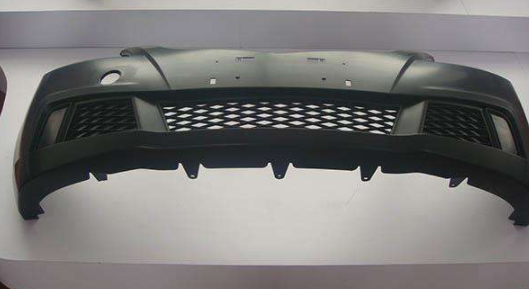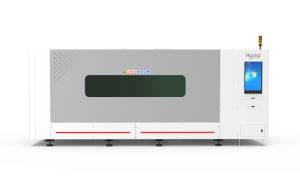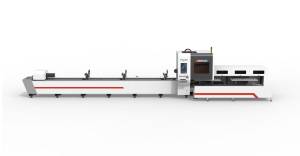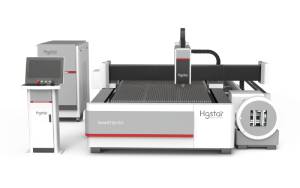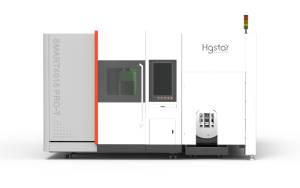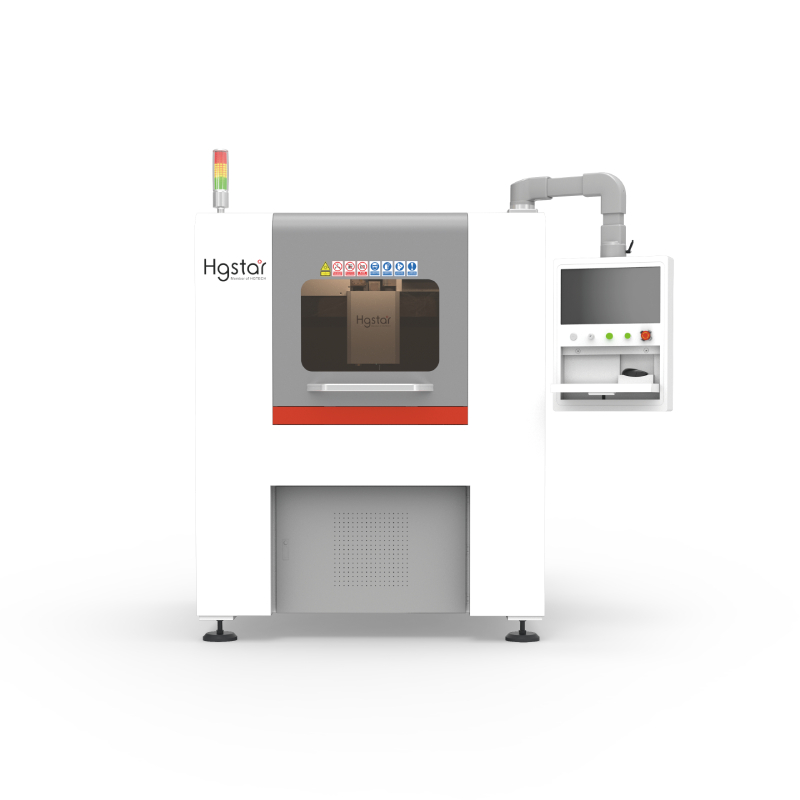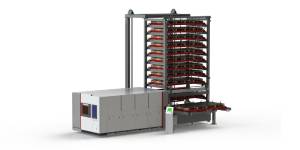Lightweight design of car bumpers
Many years ago, the front and rear bumpers of cars were stamped with steel plates into channel steel, riveted or welded together with the longitudinal beams of the frame, with a large gap between them and the body, making them appear very bulky and unstable. In recent years, some mid range models have started using aluminum alloy materials for their bumper crossbeams in order to achieve lightweight. It can be foreseen that with the gradual increase of fuel consumption and emission limits, the trend of lightweight body design will become more apparent.
Lightweight application of laser welding
The application of new materials, design optimization, and advanced manufacturing technologies continues to promote the development of automotive lightweight.
Laser welding technology plays an important role in the development and implementation of automotive lightweight, and
the use of laser welding for automotive bumpers is also becoming more widespread.
The use of laser welding to produce car bumpers can achieve better performance, such as using dual phase steel plates and low-carbon galvanized steel plates to produce bumpers.
Laser welding technology can be used to weld steel plates of different materials into flat plates, and then stamping technology can be used to turn the flat plates into corrugated bumpers. The bumper produced by laser welding technology for car bumpers can ensure the lightweight and high strength of the bumper. In practical use, It can not only reduce the weight of the car, reduce energy consumption, but also ensure good collision protection effect.
Laser welding robot control
Nowadays, automobile production lines are mostly controlled by computers for processing equipment. After assembly at a certain station, it is transmitted to the next station. A large number of
laser welding robots are used on the assembly line, all of which are controlled by computer programming. The existence of these laser welding robots can replace manual work to complete related tasks, improve work accuracy and production efficiency.
In the process of laser welding, the robot’s related actions are designed according to the production needs of the point-to-point sequence trajectory, which can improve the working conditions on site, improve the production efficiency of the automotive production line, and improve the quality of the product. Moreover, adopting laser welding processes with better automation can save production materials and further reduce production costs in automotive manufacturing.
EpilogueIn recent years, with the continuous development of the economy and society, the production and design of family cars have gradually tended towards miniaturization and lightweight production, and the materials used for producing and manufacturing cars have become more diverse. Aluminum magnesium alloys, composite materials, and thermoplastic synthetic materials have gradually been used.
Laser welding technology will play a more important role in the processing of these material components.
